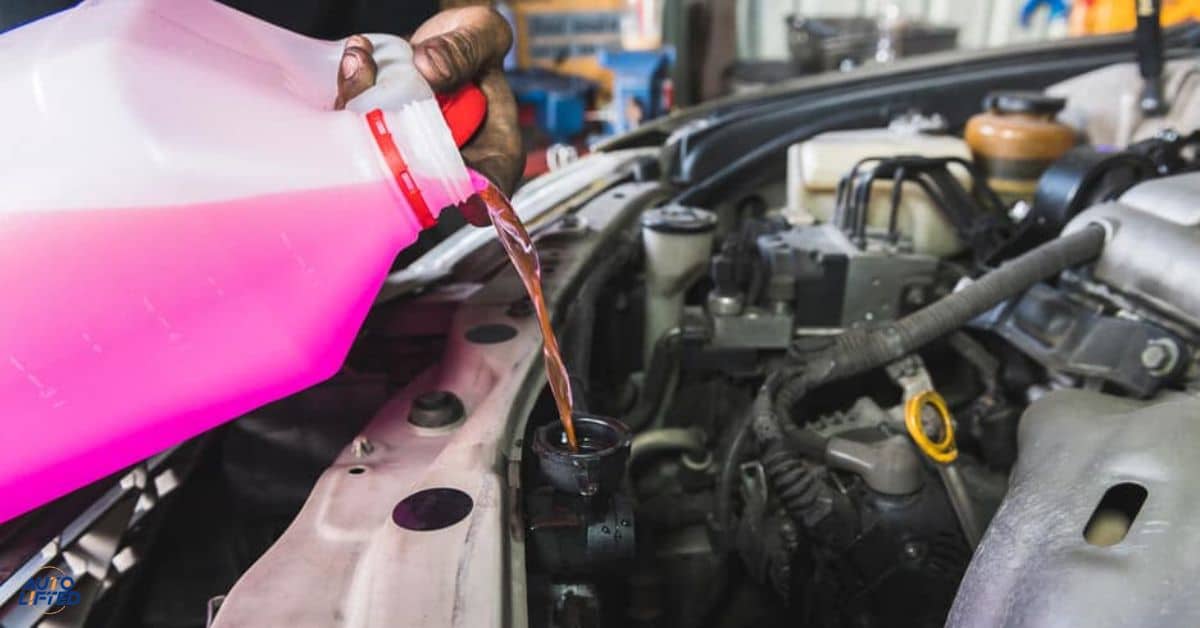Adding coolant to your car is a common maintenance task to regulate engine temperature and prevent overheating. It’s essential to follow proper procedures and ensure the correct coolant mixture to avoid potential damage to the engine.
Considering adding coolant to your car. It’s crucial to understand the proper procedure. It explores the dos and don’ts to ensure optimal engine health. Discover the importance of correct coolant maintenance for your vehicle’s longevity.
Your car is a regular maintenance task to regulate engine temperature and prevent overheating. it’s important to follow proper procedures to avoid damaging your engine. Ensure you use the correct coolant mixture and check levels regularly. If uncertain, consult your car manual or seek professional assistance.
When do you need to check or add coolant?
It’s essential during routine maintenance such as oil changes or every few months to ensure proper engine function. The monitoring coolant levels is crucial before long trips or during seasonal changes to prevent overheating.
The malfunctions indicating low coolant levels or system issues. Regular visual inspections and following manufacturer recommendations help maintain optimal coolant levels for engine health and performance.
Also read this: CAN I GET MY CAR INSPECTED WITHOUT MY REGISTRATION?
Understanding Coolant Composition
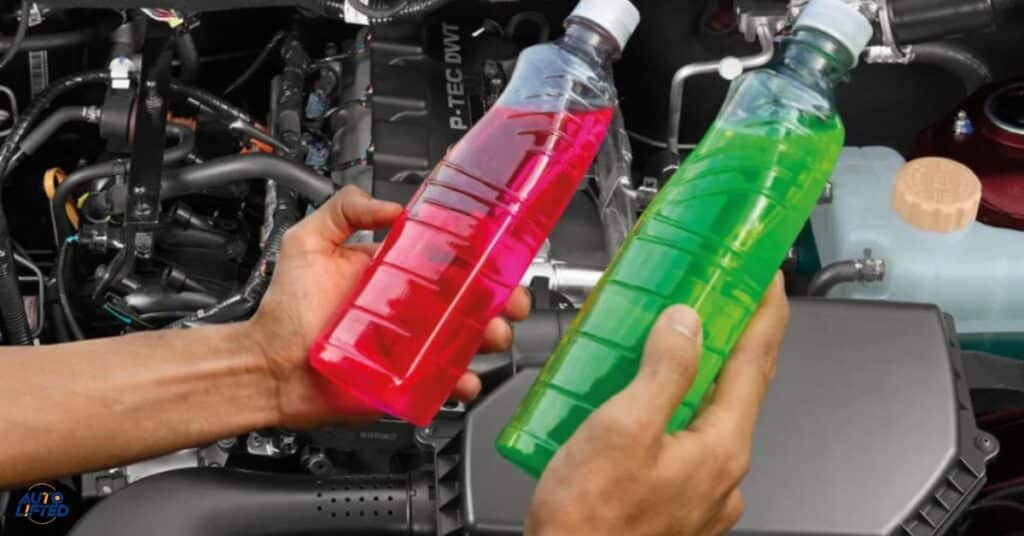
It’s vital for maintaining your car’s engine health. Coolant is a mixture of water and antifreeze designed to regulate temperature prevent corrosion and protect your engine from freezing or overheating. Knowing its components ensures informed decisions when servicing your vehicle’s cooling system.
Risks of Adding Coolant Improperly
Adding too much or too little coolant can damage the engine leading to potential costly repairs.
- Incorrect coolant mixture ratios may compromise the cooling system’s efficiency risking overheating or corrosion.
- Follow manufacturer guidelines and use the correct coolant mixture.
- Regularly monitor coolant levels and address any leaks promptly to maintain optimal engine performance and longevity.
Steps for Safely Adding Coolant
Steps for Safely Adding Coolant
Prepare Your Vehicle Park your car in a safe spot and wait for the engine to cool down completely. This prevents burns and ensures accurate coolant level readings.
Locate the Coolant Reservoir: Open the hood and find the coolant reservoir. It’s usually a translucent plastic tank with markings indicating the appropriate levels.
Check the Coolant Level: Look at the markings on the reservoir to ensure the coolant level falls between the minimum and maximum lines. This helps maintain optimal engine temperature.
Mix Coolant with Water: Prepare a mixture of coolant and distilled water in the recommended ratio. This prevents freezing in cold temperatures and boiling in hot conditions.
Add Coolant Slowly: Gently pour the coolant mixture into the reservoir to avoid spills or overflow. Take your time to ensure precision.
Secure the Reservoir Cap: Once you’ve added the coolant, securely tighten the reservoir cap. This prevents leaks and ensures the system functions properly.
Locate the Coolant Reservoir
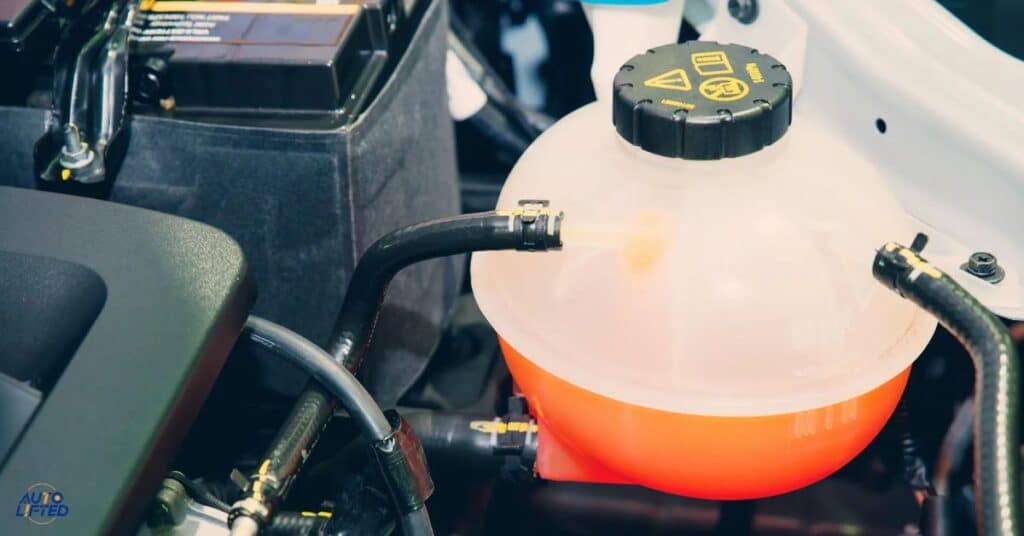
When pop open your car’s hood and take a peek inside. Look for a plastic tank with hoses connected to it often near the front of the engine bay. It’s usually translucent with clear markings indicating the coolant levels for easy monitoring.
The crucial for maintaining your vehicle’s health. Keeping an eye on coolant levels helps prevent overheating ensuring your engine stays cool and performs at its best. Regularly checking and topping up coolant levels can save you from potential engine problems down the road.
Check the Coolant Level
Safety First: Before opening the hood ensure the engine is cool to prevent burns.
Locate the Reservoir: Find the coolant reservoir typically a plastic tank with markings indicating levels.
Observe the Levels: Check if the coolant level falls within the recommended range between minimum and maximum marks.
Top Up Carefully: If low add a coolant and water mixture slowly to avoid spills and ensure proper engine cooling.
Replace the Cap and Clean
After adding coolant securely replace the reservoir cap to prevent leaks and maintain system pressure. This step ensures that the coolant remains contained and effectively circulates through the engine.
The wipe any spills or drips with a clean cloth to keep the engine bay tidy and prevent coolant from evaporating onto hot engine components. Keeping the area clean helps you quickly identify any potential leaks or issues and ensures your vehicle operates smoothly.
What Happens When You’re Low on Coolant?
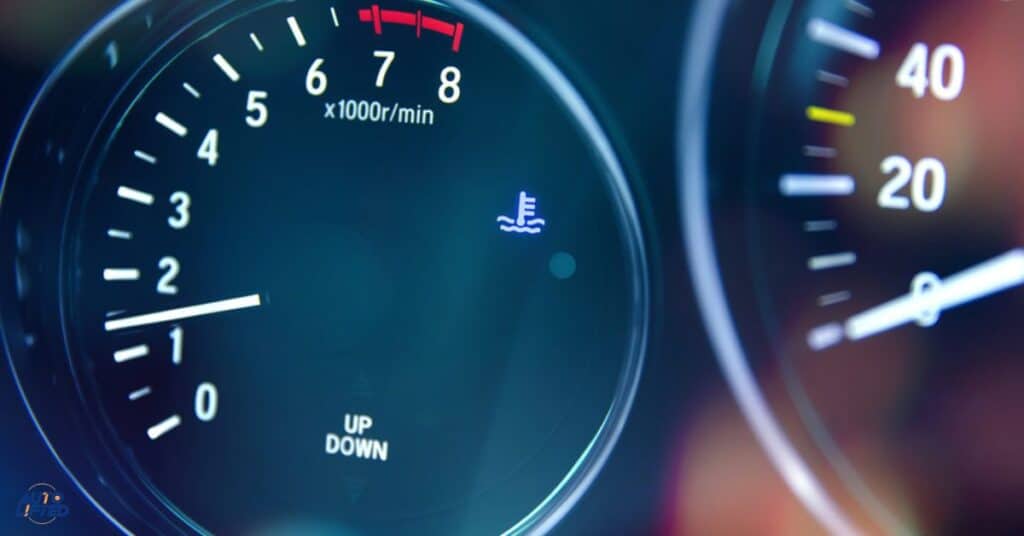
When your coolant level drops, your engine may start to overheat causing potential damage. This can lead to engine components warping or even seizing up resulting in costly repairs.
Low coolant levels can also affect your car’s heating system causing it to blow cold air instead of warm. This discomfort during colder months can make driving unpleasant and reduce visibility if windows fog up.
Regularly checking and maintaining coolant levels is crucial to prevent these issues and keep your engine running smoothly ensuring a safe and comfortable driving experience. If you notice low coolant levels it’s essential to top up the reservoir promptly to avoid potential damage to your vehicle.
Signs of Coolant System Issues
Overheating: Engine If your temperature gauge consistently reads high or if you notice steam coming from under the hood it could indicate a coolant system problem.
Low Coolant Levels: Keep an eye on your coolant reservoir. If it frequently needs refilling, there may be a leak or another issue within the system.
Sweet Smell or Visible Leaks: A sweet smell or puddles of coolant beneath your vehicle are clear signs of a coolant leak.
Heater Not Working: If your car’s heater fails to produce warm air it could be due to a lack of coolant circulating through the system.
When do you need to check or add coolant?
Regularly checking and topping up coolant levels is vital for maintaining your vehicle’s health and preventing overheating. Prioritize coolant checks before long trips and after overheating incidents, and be vigilant for signs of coolant system issues to catch and address problems early.
Regular Maintenance Intervals: Check your coolant level during routine maintenance typically every few months or as recommended by your vehicle’s manufacturer.
Before Long Drives: Before embarking on a long journey, especially during hot weather or when towing heavy loads, it’s wise to ensure your coolant levels are adequate.
After Overheating Incidents: If your engine has overheated recently, it’s essential to check coolant levels once the engine has cooled down to prevent future overheating episodes.
Get Car Support Solve Any Problem

When facing car troubles seeking professional assistance is crucial for identifying and resolving issues effectively. Reach out to trusted mechanics or service centers and prioritize safety to maintain your vehicle’s performance and reliability.
Identify the Issue: Describe the problem you’re facing with your car it’s strange noises warning lights or performance issues.
Seek Professional Help: Contact a qualified mechanic or automotive service center to diagnose and resolve the problem efficiently.
Ask for Recommendations: Consult friends’ family or online reviews to find a reputable mechanic or service center known for their reliability and expertise.
Coolant vs. Antifreeze
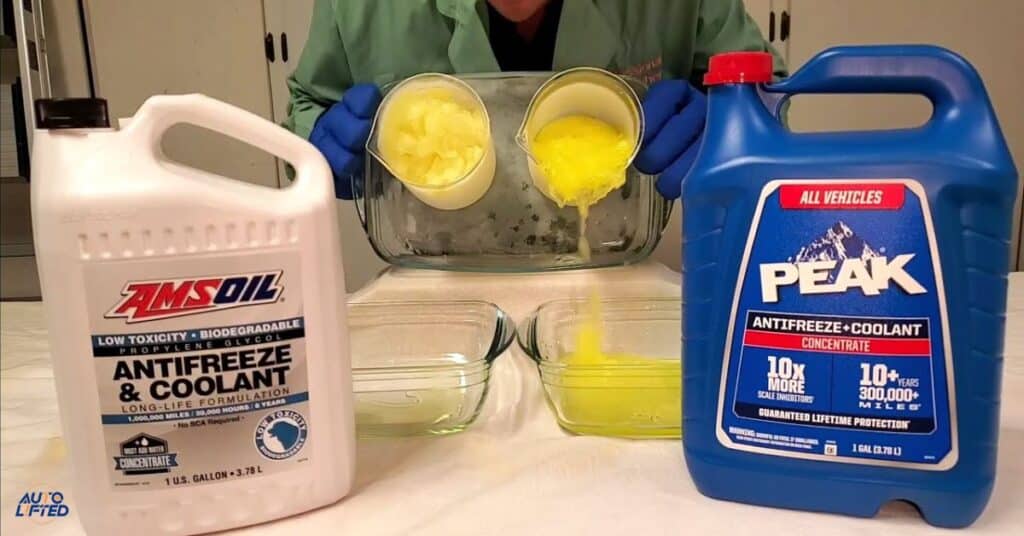
Coolant and Antifreeze: These terms are often used interchangeably but they have slightly different meanings. Coolant is a mixture of antifreeze and water that helps regulate engine temperature antifreeze is a chemical additive that prevents the coolant from freezing in cold temperatures.
Functionality: Coolant not only prevents freezing but also raises the boiling point of the mixture, helping to prevent overheating. Antifreeze on the other hand primarily serves to prevent freezing in cold weather conditions protecting the engine and its components from damage.
What Is Engine Coolant?
Composition: Engine coolant is typically a mixture of water and ethylene glycol or propylene glycol along with additives to enhance its performance and protect against corrosion.
Functionality: Besides cooling the engine coolant also helps prevent freezing in cold temperatures and inhibits corrosion within the cooling system.
Importance: Regularly checking and maintaining proper coolant levels is crucial for ensuring your engine runs smoothly and avoiding costly repairs due to overheating or corrosion damage.
Frequently Asked Questions
Can I just add coolant to my car without flushing?
You can add coolant to your car without flushing but it’s crucial to check the coolant level and top it up as needed to maintain proper engine cooling.
What happens if you put just coolant in your car?
If you put just coolant in your car without mixing it with water it can reduce the coolant’s effectiveness in regulating engine temperature and may lead to overheating.
Is it okay to add coolant to your car?
It’s okay to add coolant to your car but it’s important to follow the manufacturer’s recommendations and mix it with water as instructed for optimal performance.
Can I put new coolant in with old coolant?
You can put new coolant in with old coolant, but it’s recommended to flush the system periodically to maintain optimal performance and prevent potential issues.
Does coolant affect AC?
The coolant doesn’t directly affect the AC system but it indirectly helps maintain engine temperature which can impact overall vehicle performance including the efficiency of the AC system.
Conclusion
Adding coolant to your car without flushing is acceptable but understanding its impact is crucial. Regularly checking coolant levels and adhering to manufacturer recommendations ensures optimal engine performance. The adding coolant replenishes levels neglecting proper maintenance can lead to issues like overheating or corrosion.
Prioritize periodic flushing to maintain system integrity and avoid potential damage. The mixing coolant with water according to guidelines prevents complications and promotes efficient engine cooling. When adding coolant is permissible it’s essential to adhere to proper maintenance practices to uphold the health and longevity of your vehicle’s cooling system.

Passionate automotive enthusiast sharing insights, tips, and stories from the world of cars. Join me on an exhilarating journey through the roads of automotive excellence.
